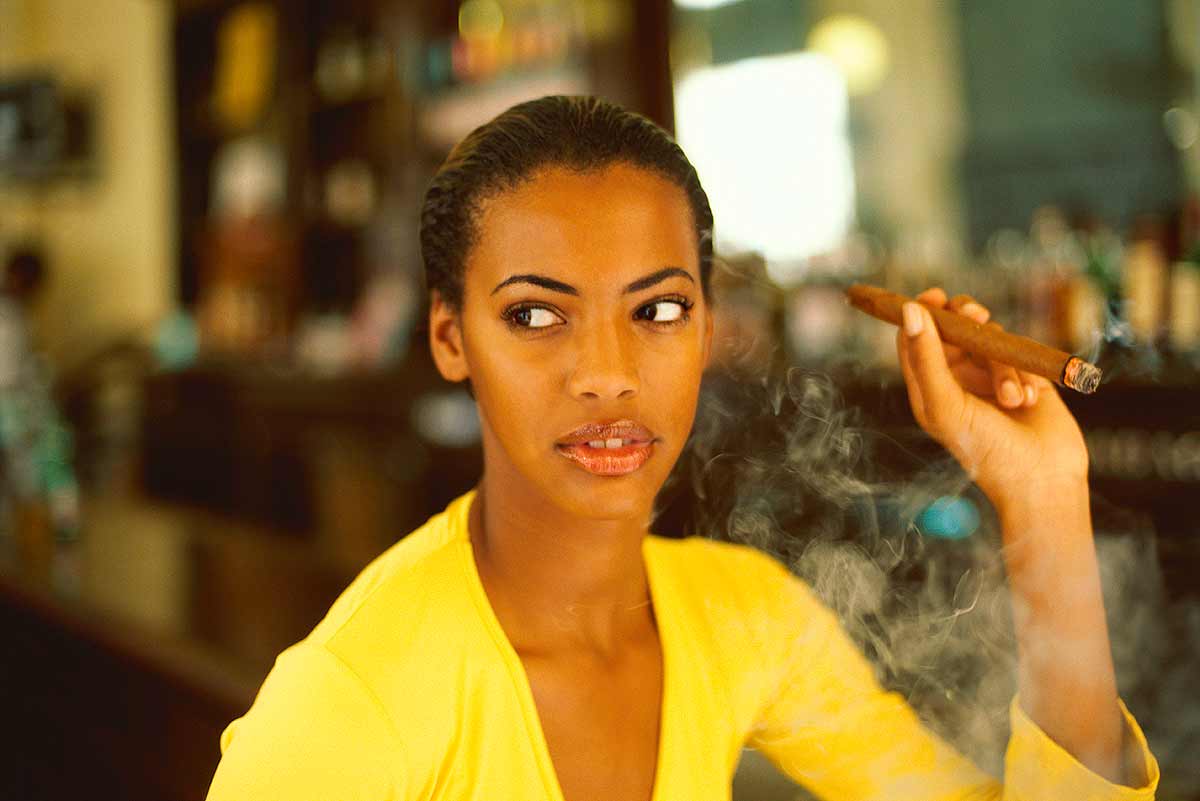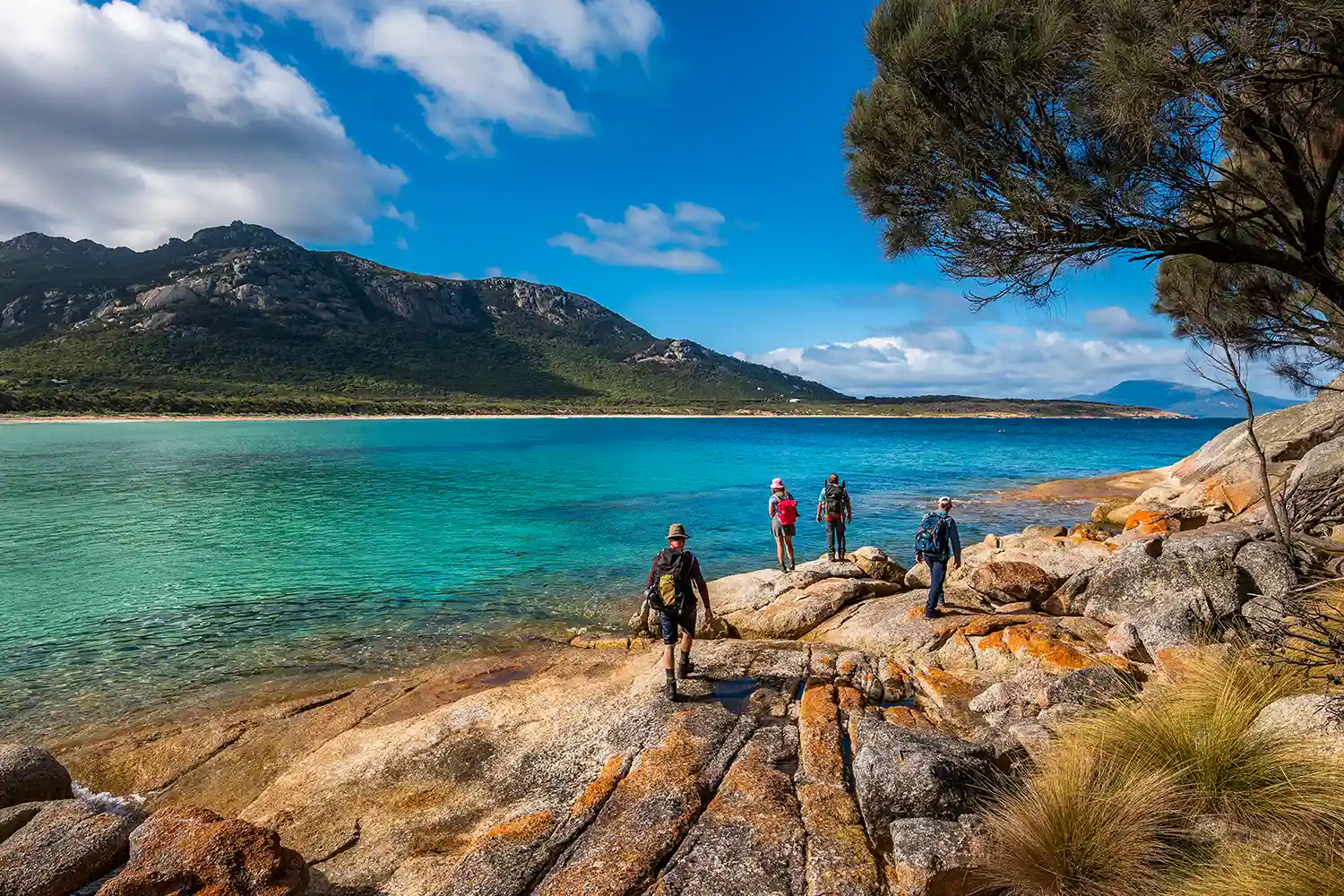Where with us the traffic grows without limits and everyone owns a car, in Cuba a horse and carriage rattles past the tourists and here and there a vintage car from the 50s stands on the street. Time has stood still in socialist Cuba, the streets are often car-free: a fascination for bicycle tourists.
by Bruno & Rolf Fleckenstein
Ola sounds from the carriage, a smile, a gesture. One greets and is greeted. The people are very poor, but very hospitable. The days when Soviet Premier Khrushchev visited the most famous country in the Caribbean are gone, but the history remains, as do the colonial buildings and the old Chevis and Fords of the 50s and 60s that line the roadsides. Many of the Cubans, who generally can't afford a car, don't understand why these strangers toil by bicycle when they can afford a car. Not only do meager earnings make it virtually impossible for Cubans to own a car, but socialism largely prohibits this type of private ownership, which is why it is more common to see horse or ox-drawn carts on the streets, or a few packed trekking bikers from Europe who have also been on the road for hours without ever seeing a car.
Time is frozen
Cuba was once one of the richest countries in Latin America and a world leader in sugar exports. But since the Cuban Revolution in 1959 under the leadership of Fidel Castro, the establishment of the Socialist Republic and the subsequent international trade embargo led by the United States, Cuba is now one of the poorest countries on earth, with an average monthly income of $18. The worldwide economic blockade has literally frozen Cuba economically. Time has stood still here. Without money, no progress is possible. Instead, people live the socialism of the Eastern Bloc of the 1950s and 1960s. The well-developed road network probably originates from the once economically prosperous time, which an island that is about three times the size of Switzerland and measures about 1,250 km at its longest point can also make good use of. The low level of motorization is responsible for the fact that the roads are often so lightly traveled: a paradise for bicycle tourists. However, those who organize their trip well themselves or have it organized by a specialized tour operator are also well advised here. An accompanying coach, for example, helps to bridge monotonous flatland passages of several hundred kilometers or to avoid the congested greater Havana area.
Tantalizing bike adventures
In the southeast of the island state is the largest mountain range, the Sierra Maestra, with the highest point of the island, the Pico Turquino with 1'974 m height. Right next to it is the city of Santiago de Cuba. In this region there are countless possibilities to explore the area by mountain bike. Generous trails lead through the lush mangrove forests, a creek crosses the road and we pass a small settlement. An elderly man on horseback waves,...
You can find the whole article in the issue 01/2012











